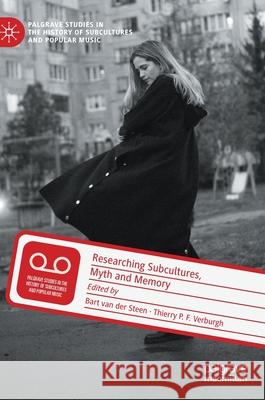Researching Subcultures, Myth and Memory » książka
topmenu
Researching Subcultures, Myth and Memory
ISBN-13: 9783030419080 / Angielski / Twarda / 2020 / 302 str.
Researching Subcultures, Myth and Memory
ISBN-13: 9783030419080 / Angielski / Twarda / 2020 / 302 str.
cena 461,56 zł
(netto: 439,58 VAT: 5%)
Najniższa cena z 30 dni: 459,42 zł
(netto: 439,58 VAT: 5%)
Najniższa cena z 30 dni: 459,42 zł
Termin realizacji zamówienia:
ok. 20 dni roboczych.
ok. 20 dni roboczych.
Darmowa dostawa!
Kategorie BISAC:
Wydawca:
Palgrave MacMillan
Seria wydawnicza:
Język:
Angielski
ISBN-13:
9783030419080
Rok wydania:
2020
Wydanie:
2020
Numer serii:
000796697
Ilość stron:
302
Waga:
0.56 kg
Wymiary:
21.01 x 14.81 x 2.24
Oprawa:
Twarda
Wolumenów:
01
Dodatkowe informacje:
Wydanie ilustrowane











